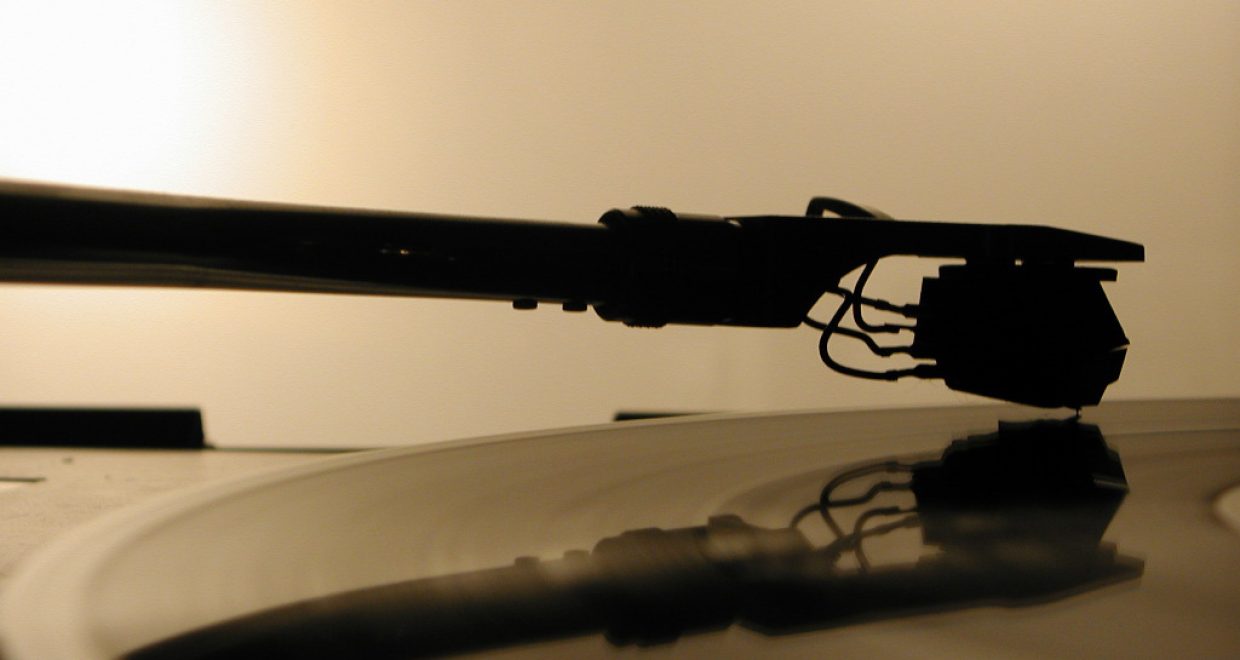The Challenge of Defining ‘Twentieth-Century Music’
This blog post, adapted from Robert Adlington and Julian Johnson’s Editorial of the latest issue of Twentieth-Century Music (TCM), considers what ‘Twentieth-Century music’ actually means, and how we define it after the end of the Twentieth Century.
As TCM enters its second decade of publication, we might pause again to consider what is meant by ‘twentieth-century music’. Is TCM a journal of a historical period now definitively closed, like Eighteenth-Century Music, for example? Or does its title imply a ‘long twentieth century’ akin to the long nineteenth, in which case how do we decide upon its constitutive boundaries? Or does it really mean ‘music since 1900’ (following the biennial conference of the same name) shaped by an ongoing interest in the new, in all its forms, without any historical endpoint?
The lack of any clear or unitary answer to such questions is of course symptomatic of our field: we don’t yet know what the twentieth century is, where it starts or where it ends. This is a problem because, for ‘twentieth-century music’ to be a meaningful historical idea, as opposed to a merely chronological label, we would need some frameworks by which to understand the period as some kind of distinguishable entity, however messy, contested and porous.
But this problem can be viewed as a productive one. Addressing this foundational question is perhaps the principal purpose and value of a journal such as TCM. If it is doing its job, TCM should be more than the sum of its parts, attempting, through the evolving content of each volume, to understand the musical practices of the last hundred years or so and to elaborate a network of connections by which they make sense.
The musical practices and repertoires embraced by the journal are those which have helped to define music in the period it covers. Possible foundational moments are as varied as the points of view they represent – Edison’s invention of the phonograph in 1877; the growth of popular music publishing in Tin Pan Alley after 1885; the first public screening of a moving picture by the Lumière brothers in 1895; the spread of popular African-American music from the 1890s; the development of comparative musicology by Carl Stumpf and Erich von Hornbostel in the early 1900s; to say nothing of the plural stories of innovation and tradition in musical modernism unfolding from Russia to North America, Spain to Finland, and Ireland to Greece. A quite different set of stories, but with overlapping chronologies, are derived from the modern histories of regions and nations outside of Europe and North America.
As the journal enters its second decade it is more apparent than ever that the notions by which we understand our field arise from our collective work. To that end, TCM remains a key forum for exploring our changing understanding of the history of the contemporary.
You can read the full Editorial here, with free access to the journal until the 30th of June.






